|
Fifty percent of a great class is its syllabus. Over the years I’ve had horrible syllabi and I’ve had good ones. The problem is that I sometimes didn’t know which was which until after the course is over. COVID and web-teaching don't make it easier If you’re looking for syllabus ideas or templates you can use this semester, I’ve included some ideas below. Most are relevant for in-person classes, but other things (like class previews) are even easier to pull off with mid-size and smaller courses on the web. I've also included an annotation of why certain things worked better than others, such as these: • It’s useful to have your most recent syllabus revision listed by its most recent date (instead of by it’s version number) • Students often ask: “What’s this class about?” & “What will we do in class?” One intro paragraph can answer both. • Non-native English speakers and shy students have a hard time participating in large classes. Class Previews help them. An hour before each class, I hold a Class Preview that tells people the discussion questions I’ll be asking that day, and then we discuss them ahead of time. Anyone’s welcome to show up. • For large classes, try to have TA office hours every day (or M-Th) • Try to be super specific about what you expect for an A assignment, and what your policy is on late assignments and missed classes. • Rather than having both the final exam and their project due at the end of the semester, I frontload the course with the most work and move their project up to the half-way point. • Letting students drop their lowest scoring assignment reduces their anxiety and the pressure they feel. • By having students turn in two copies of their project (one to grade and one to file), it helps ensure the same projects don’t show up year after year. • I have a screen-down, no-laptop policy. If people say they are taking notes, I ask them to send me the notes after class to see if what I’m teaching is coming across like I hope. • Class insight cards can give class contribution points to well-prepared, but shy students. • Extra credit opportunities are great. They help reduce student anxiety. • If your course is cross-listed with both undergrads and grads, the graduate students will need to do something more (usually about 20-25% more). I also have four specialized class sessions (and a dinner) only for them. • I try to organize the course into very discrete sections. This way I can frequently review each section in class before I start a new one. This way it very discretely shows how the parts of the course build on each other. • The Final Project was renamed “Integrative Assignment” and moved to the middle of the semester. They have to work a lot harder early on in the course, but the quality goes up, and their Finals Week stress level goes down. • You can get the most from a guest speaker’s visit if – before class -- you require students to read something written and published about the guest speaker. (It also makes the guest speaker more of a celebrity). On the day they speak, I will usually show a short Youtube clip of them before introducing them. • I want the last class session of the semester to be valuable. After they turn in their exam and their course evaluations, I give them the option to leave. For those who stay, I tell them stories of two big lessons I learned in life (the hard way), and how they can deal with challenges in the future. It’s an unusual way to end the class, but it always ends it on a high and memorable note. Good luck writing a great syllabus, having a great course, and having a triple-great semester.
0 Comments
Leave a Reply. |
Welcome...Tips for PhDs is a how-to community that helps us share our best practices as PhD students, new professors, and independent scholars.
Helpful tools and tips on how to graduate, get tenure, teach better, publish more, and have a super rewarding career.
Relevant Posts
All
Some Older PostsArchives
April 2024
|
||||||||||||||
Share Your Insights and IdeasWhat have you created or found that's been useful and could be helpful for other PhD students, new professors, or independent scholars?
Send an email to [email protected] if you have something you think would be useful to share with others on this website, or if you have ideas on how to make this more useful to you or your students. |
Stay in touch |


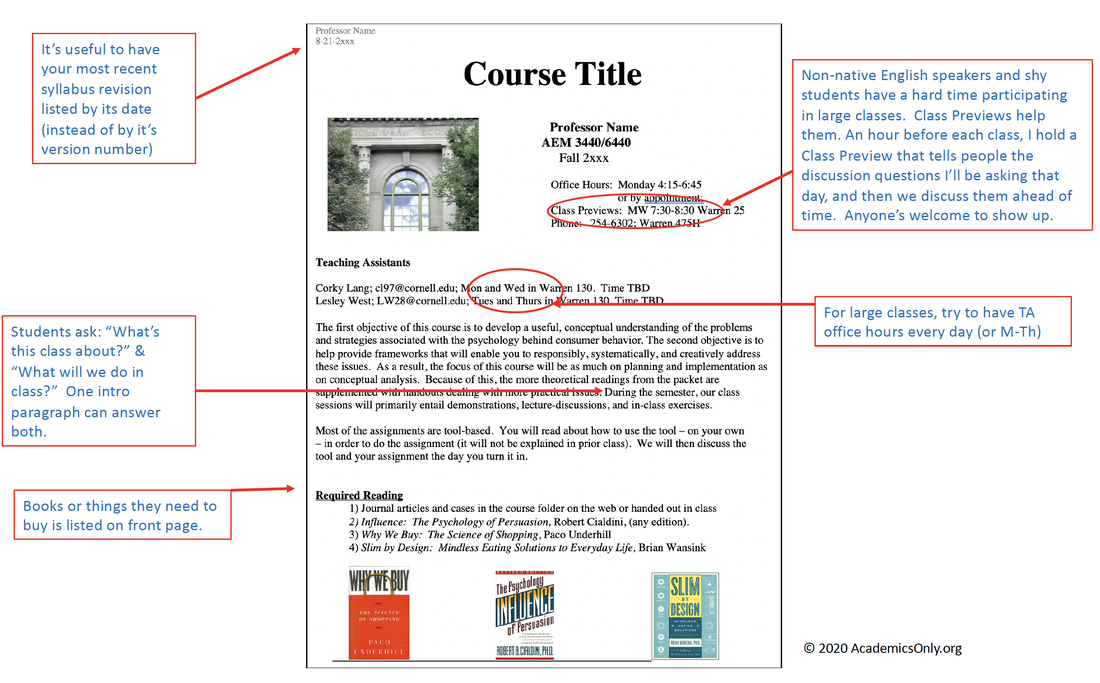
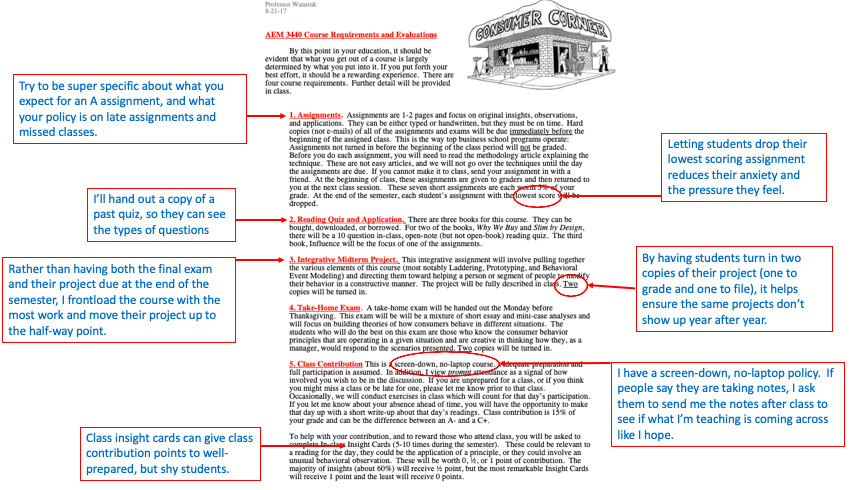
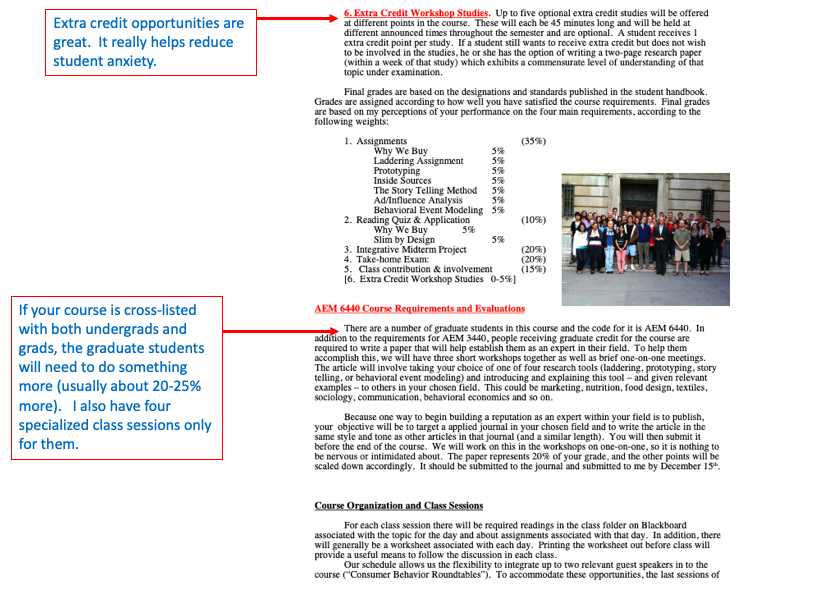
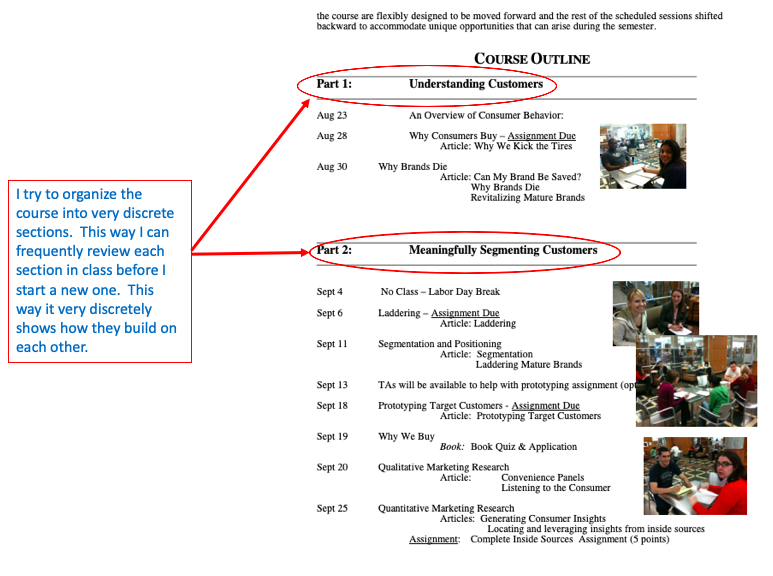
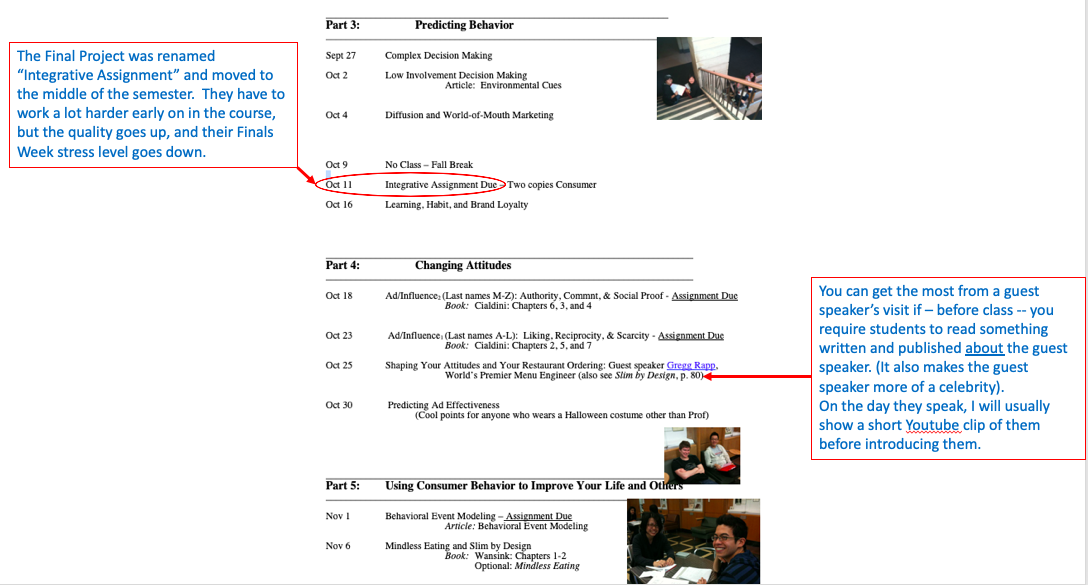
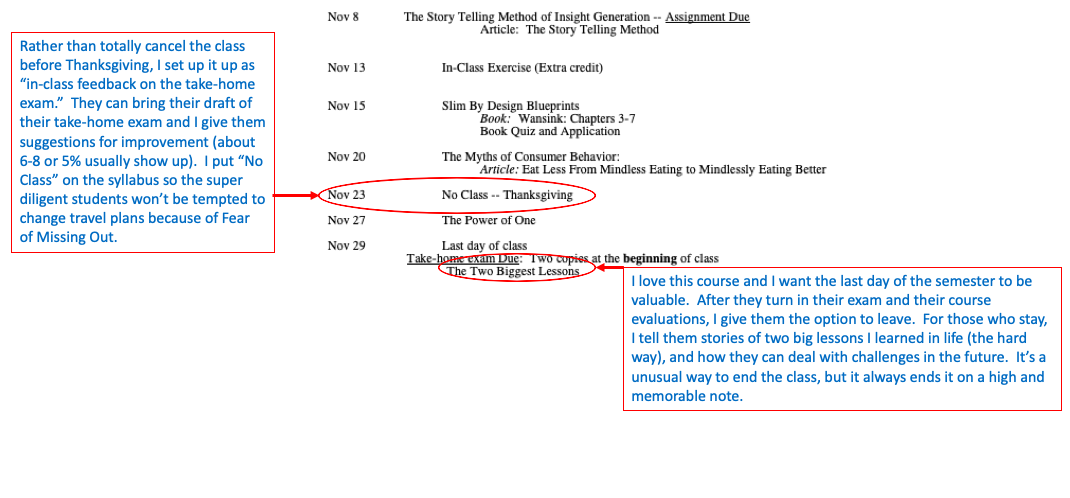
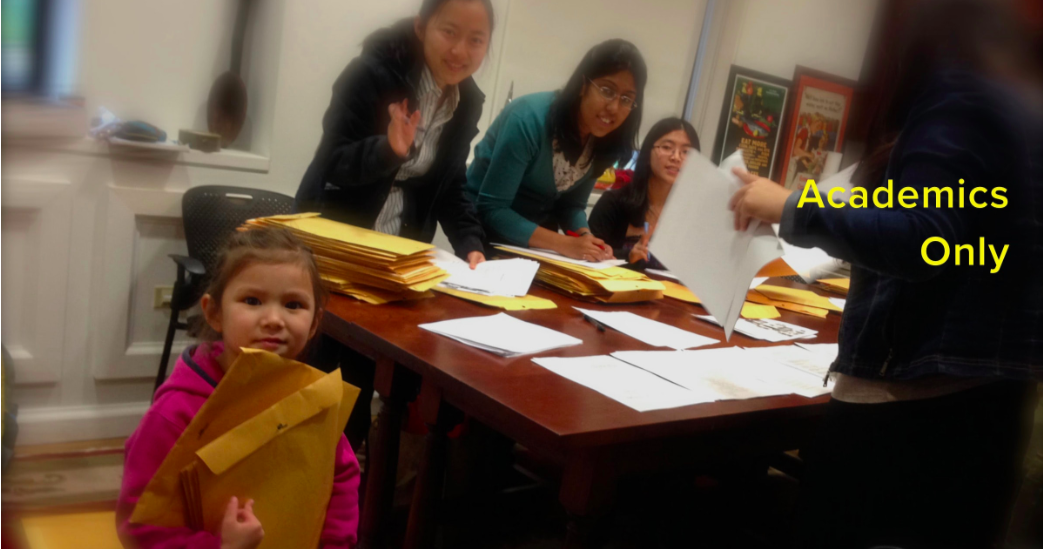



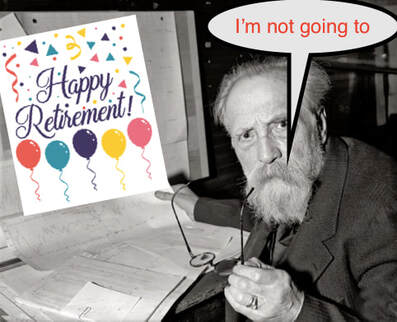




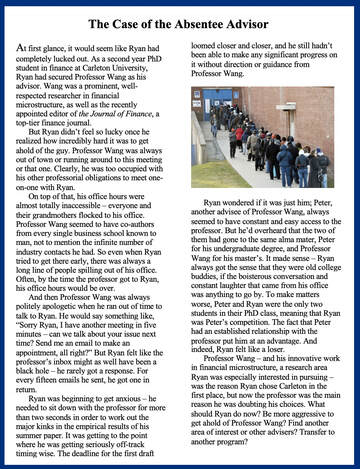



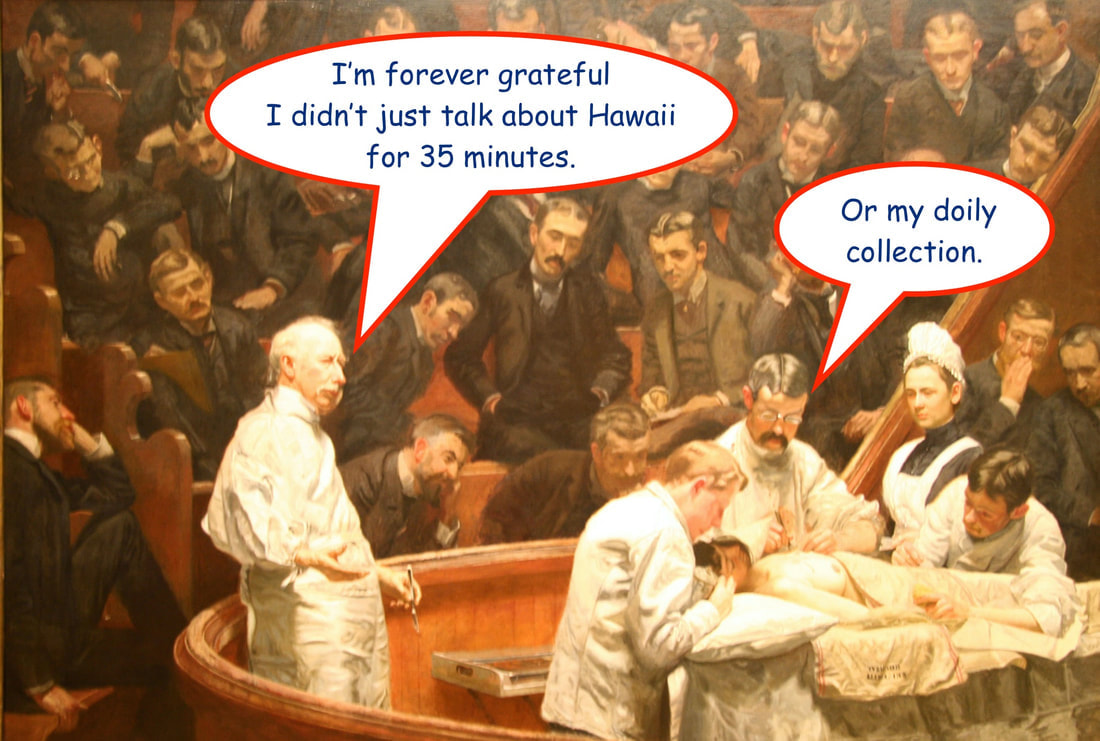
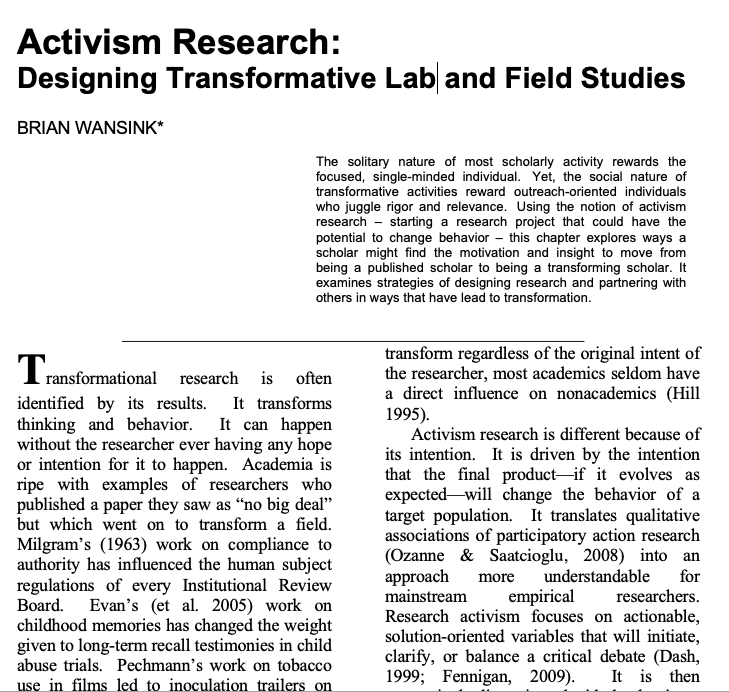

 RSS Feed
RSS Feed